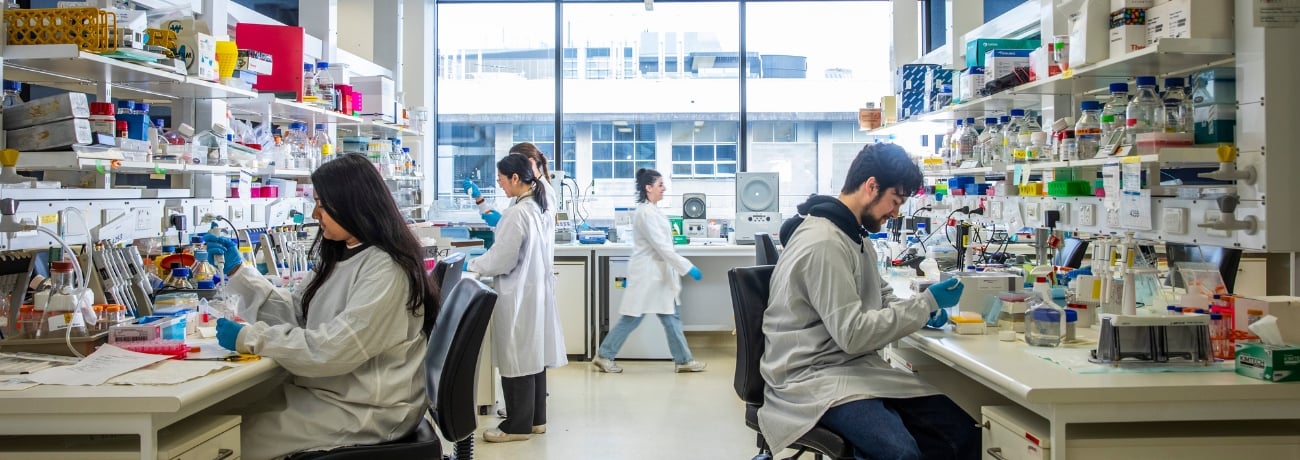Neurocardiovascular Physiology Group
Our group aims to understand how the brain communicates with vital organs such as the heart and kidneys, during illness. By employing cutting-edge genetic engineering techniques, we explore ways to modify these interactions to improve patients’ outcomes. We focus on conditions such as heart failure, systemic infection and inflammation.
Research interests
|
Techniques
|
About our research
Our research includes investigating vagal nerve stimulation (VNS) as a potential therapeutic for multiple diseases. Due to side effects of VNS we need a greater understanding of the components of the vagus nerve to increase the efficacy of the treatment. Using advanced optogenetic methods to target efferent vagal fibres, we hope to address this in diseases such as heart failure.
In collaboration with the Translational Cardiovascular and Renal Research Group, we’re also working to discover how cardiopulmonary bypass drives neuroinflammation, as well as exploring novel treatments that target neuroinflammation.
Research team
Research team head
Group Head
Team members
Research and technical staff
- Baagavi Saseethran
- Sally Malone
PhD students
- Anton Trask-Marino
- Rachel Peris
- Victoria Stock
Selected publications
- Booth LC, de Silva RAU, Pontes RB, Yao ST, Hood SG, Lankadeva YR, Kosaka J, Eikelis N, Lambert GW, Schlaich MP and May CN (2021), ‘Renal, cardiac, and autonomic effects of catheter-based renal denervation in ovine heart failure’, Hypertension, 78(3):706–715, doi:10.1161/hypertensionaha.120.16054
- Booth LC, Yao S, Korsak A, Farmer DM, Hood SG, McCormick DJ, Boesley Q, Connelly A, McDougall SJ, Korim WS, Guild S-J, Mastitskaya S, Le P, Teschemacher AG, Kasparov S, Ackland GL, Malpas SC, McAllen RM, Allen AE and May CN (2021), ‘Selective optogenetic stimulation of efferent fibers in the vagus nerve of a large mammal’, Brain Stimulation, 14(1):88–96, doi:10.1016/j.brs.2020.11.010
- McArdle Z, Pontes RB, Yao ST, Lankadeva YR, Singh RR, Hood SG, Schlaich MP, May CN and Booth LC (2019), ‘Blunted diuretic and natriuretic responses to acute sodium loading early after catheter-based renal denervation in normotensive sheep’, American Journal of Physiology-Regulatory, Integrative and Comparative Physiology, 317(2):R319–R327, doi:10.1152/ajpregu.00228.2018
Contact us
For more information about our group’s research you can contact us by submitting this form.
